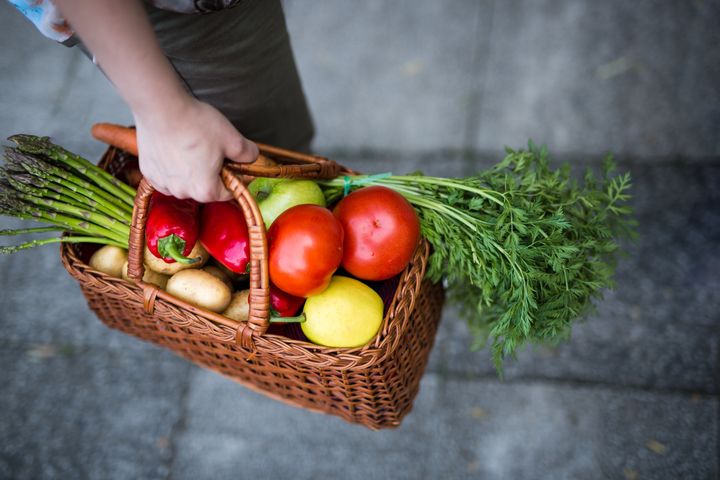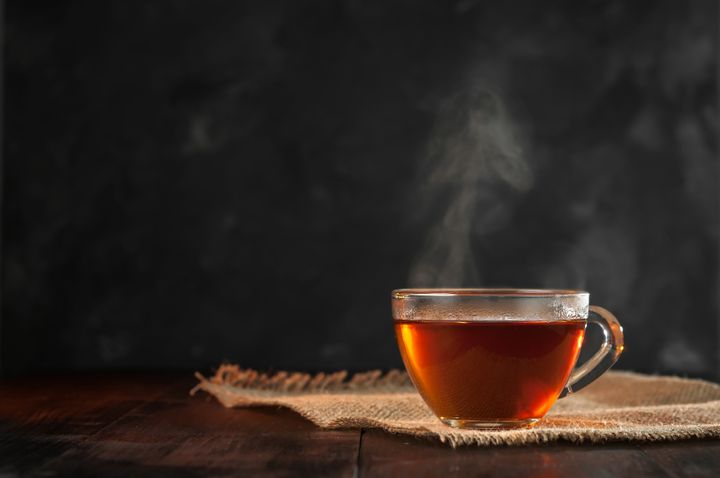Nine in ten (89%) people are concerned about the levels of ocean plastic pollution, according to new research from Greenpeace, but when it comes to cutting down on the stuff - which is in everything from tea bags, crisp packets and even our clothes - it can be difficult to know where to start.
For World Environment Day (5 June), which raises the question of how to protect our planet, campaign group A Plastic Planet is hoping to inspire 250 million people to avoid plastic-packaged food and drink products for 24 hours.
It might sound daunting but there are some easy changes you can do straight away. Here are some tips on how to get started today and make this a long-lasting lifestyle change.

Three things you can do today...
Check the plastic credentials of your supermarket meal deals
Supermarkets can be the biggest offenders when it comes to plastic packaging. In fact, Greenpeace research has found that 84% of people find it difficult to avoid plastic packaging in their regular supermarket shop.
Those plastic windows in the sandwich packaging make them a no-no for plastic-free living, for instance. So if you do buy lunch today, make sure its served to you in paper, or any other plastic-free packaging. Check out our plastic-free shopping guide for more information.
Ditch the single-use cup or bottle
Whether you’re buying a juice at the supermarket or using the office water cooler, make sure the vessel you’re using is reusable or recylable. Opt for glass where possible, which is one of the most recyclable materials we have, as well as being reusable.
If it’s coffee that you’re craving, make sure that you’re sipping it from a reusable cup, which you can pick up from most coffee shops. This way, you’re not contributing to the 2.5 billion disposable cups thrown away each year, because the combination of paper and plastic used makes them difficult to recycle. Check out our reusable coffee cup shopping guide to find the right one for you, and stick to it.
Check the plastic content of your teabag
Your favourite teabag range may be contributing to the plastic pollution problem. Polyethylene, the most commonly used plastic, was found to be used by a range of teabag brands earlier this year.
Use our guide to make sure that the teabag you use to make your morning, afternoon or evening cuppa is plastic-free.

Three things you can do this week...
Invest in a bamboo toothbrush
While the majority of toothbrushes are made from plastic, there are an increasing amount of biodegradable and recyclable options. This means that once you’re finished with a toothbrush, you don’t have to worry about the plastic impact it will have on the environment, it will simply break down naturally.
Derma Medico offer a set of 4 100% biodegradable bamboo toothbrushes with charcoal bristles, for £7.99 from Amazon.
Opt for non-plastic straws with your drinks
Following hints of an imminent UK straw ban for the sake of the environment, it’s time to find some sustainable alternatives if you like to sip with a straw.
There are an array of options, from a metal straw that you can carry around in your handbag to straws made from bamboo (and panda-free sources, of course). Check out our guide to sustainable straws for more.
Use a guppy bag when doing your laundry
Did you know that washing your clothes more often than not leads to a release of microfibres (a group of microplastics) into your water supply and, by extension, the sea? Popular fabric polyester is the biggest offender, as it is partly made from chemicals that also produce plastics, but fleece also sheds microfibres when it is washed.
Best thing to do is wash your laundry in a guppy bag, which protects the majority of these nasties from getting into the wider water supply. A recyclable Guppyfriend washing bag is £25.
For more on what the microfibres in your clothes do the environment, check out our comprehensive guide.